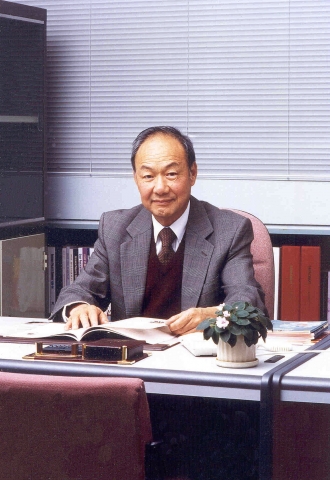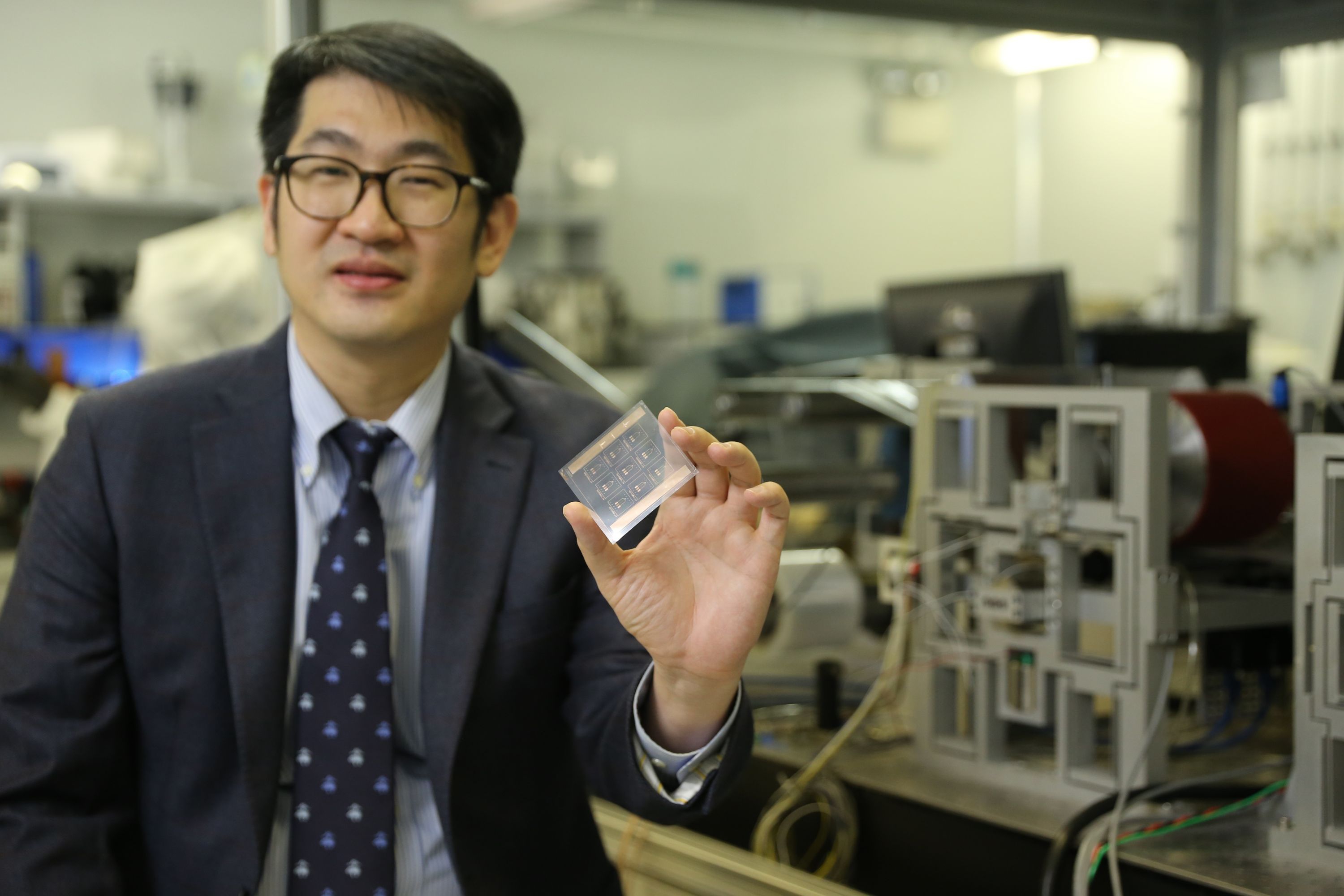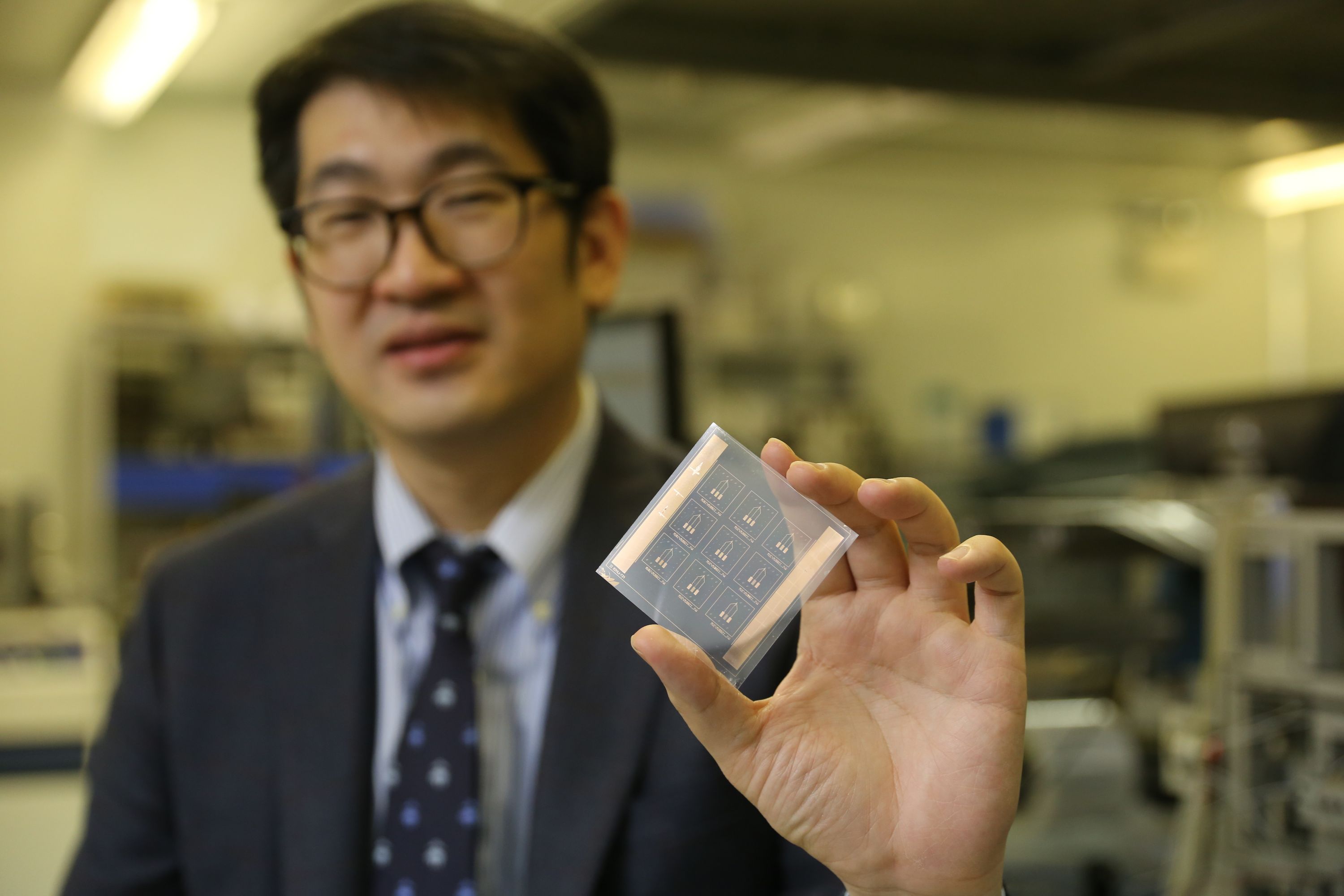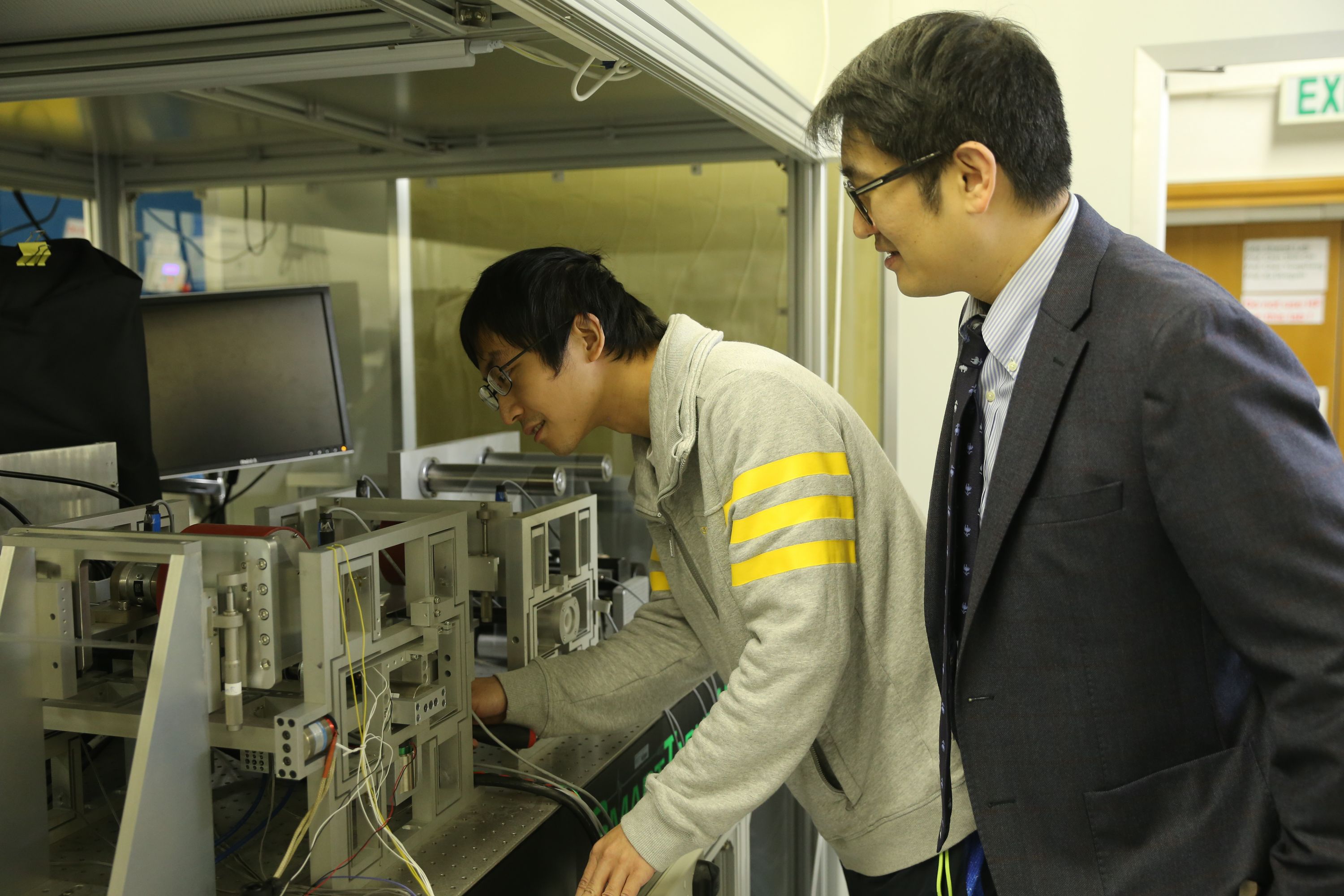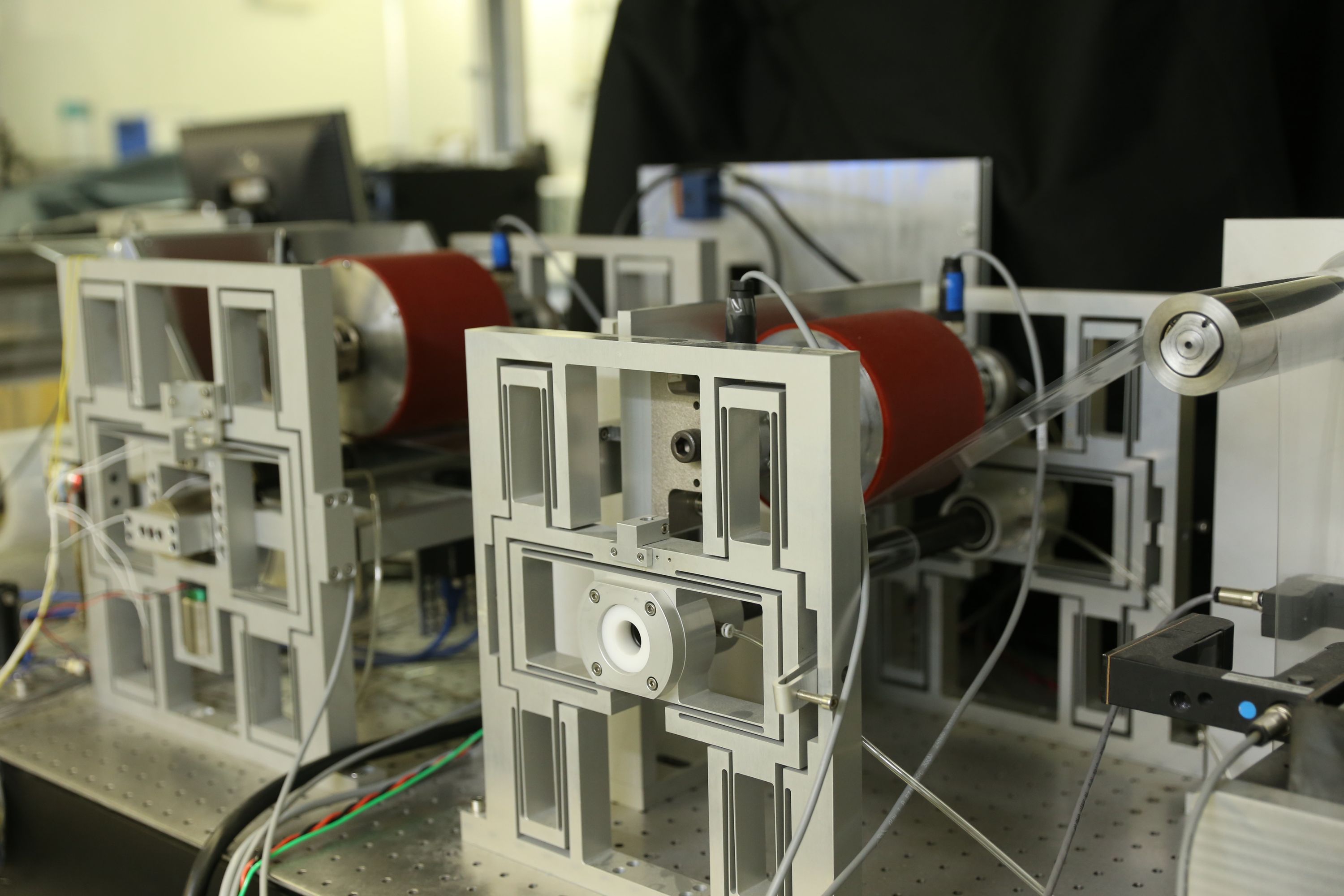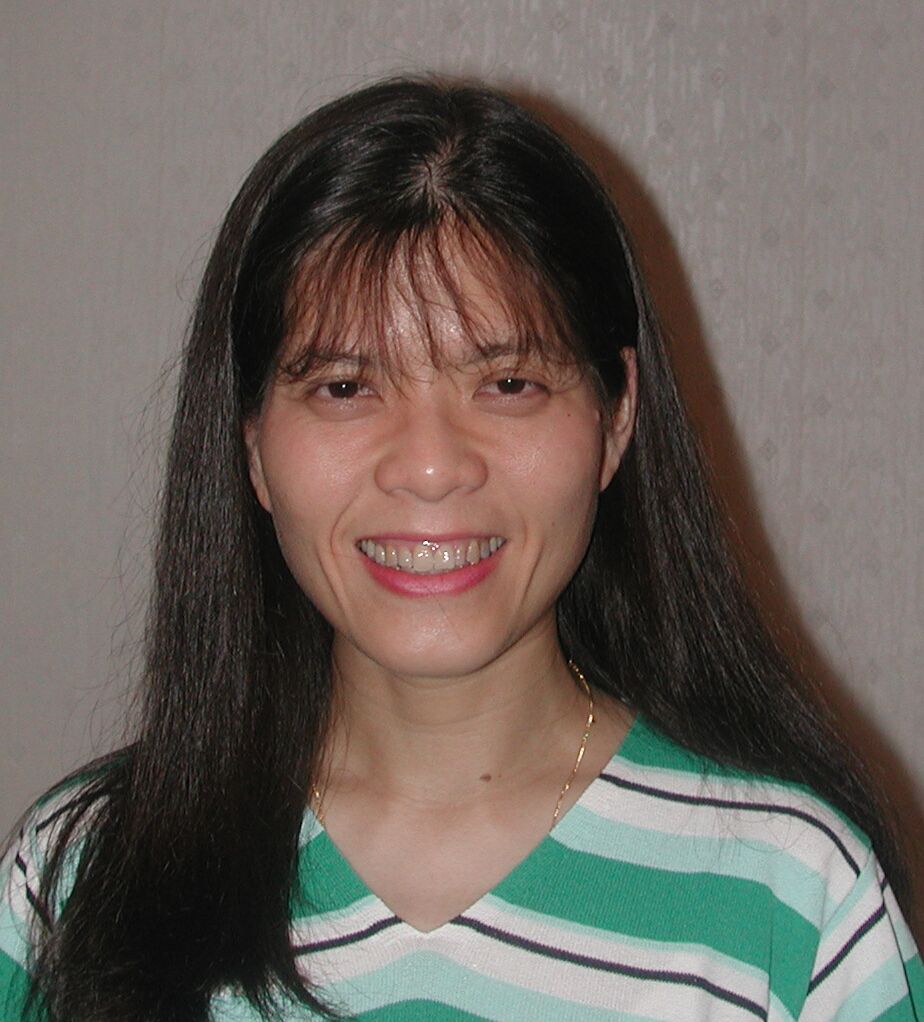We are all saddened by the loss of a highly respected leader and friend, Professor Omar Wing, founding Dean of Engineering and Emeritus Professor of the Department of Information Engineering at CUHK. Prof. Wing passed away peacefully on 28 December 2020. Professor Wing received his B.S. from the University of Tennessee in 1950, M.S. from MIT in 1952 and EngSc.D. from Columbia University in 1959. He was Professor Emeritus of Electrical Engineering at Columbia University, where he had been a faculty member in Electrical Engineering from 1956 to 1993 and served as Department Chairman for two terms (1974-78 and 1983-86). Professor Wing joined CUHK in 1991 and was the founding Faculty Dean from July 1991 to December 1997. He made significant contributions to the development of engineering departments and to the mentorship of faculty members at CUHK. Prof. Wing served concurrently as the Chairman of the Department of Information Engineering in 1991-1992. During his tenure at CUHK, he had established new departments and strengthened existing ones. Consisting of 5 departments at the time with focus primarily on Information technology, the Faculty of Engineering founded by Prof. Wing was well-positioned for the educational and research challenges of the digital revolution. In memory of Professor Wing’s lifelong commitment to education and research, the Faculty will establish a memorial scholarship fund under his name. The scholarship will be awarded to engineering students. To show your support to this memorial scholarship, you can make your donations via the following methods: 1. Send your donation in cheque. The payee should be “The Chinese University of Hong Kong” and send it to the attention of Ms. Jenny Tam, Assistant to the Faculty Dean, Faculty of Engineering, 6/F Ho Sin Hang Engineering Building, The Chinese University of Hong Kong, Shatin, New Territories, Hong Kong. Together with your cheque, please indicate the full name of the receipt receiver and the mailing address if you wish to receive an official receipt issued by the University; or 2. By credit card via the University donation system: https://cloud.itsc.cuhk.edu.hk/forms/forms/18.aspx Under the Donation Purpose, please select “Others (e.g., college, faculty, department)” from the scroll down menu and then input “Donation in support of Professor Omar Wing Memorial Scholarship” in the Remarks. You may wish to note that for donation by credit card, a 1.45% - 2.6% service charge will be deducted from the donation amount by the bank before the money is released to the scholarship fund. We thank you for your support to make Professor Wing’s contribution to engineering live on. Please make your donations by 28 February 2021 and if you have any questions, please contact Ms. Jenny Tam at (852) 39438447. |
|



